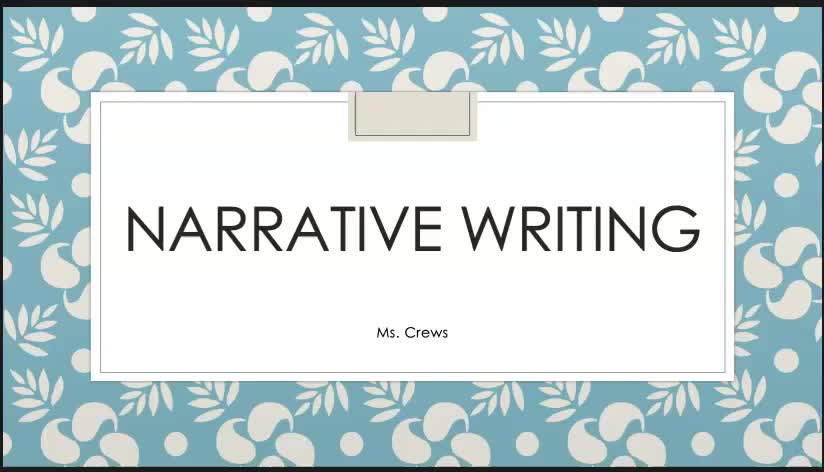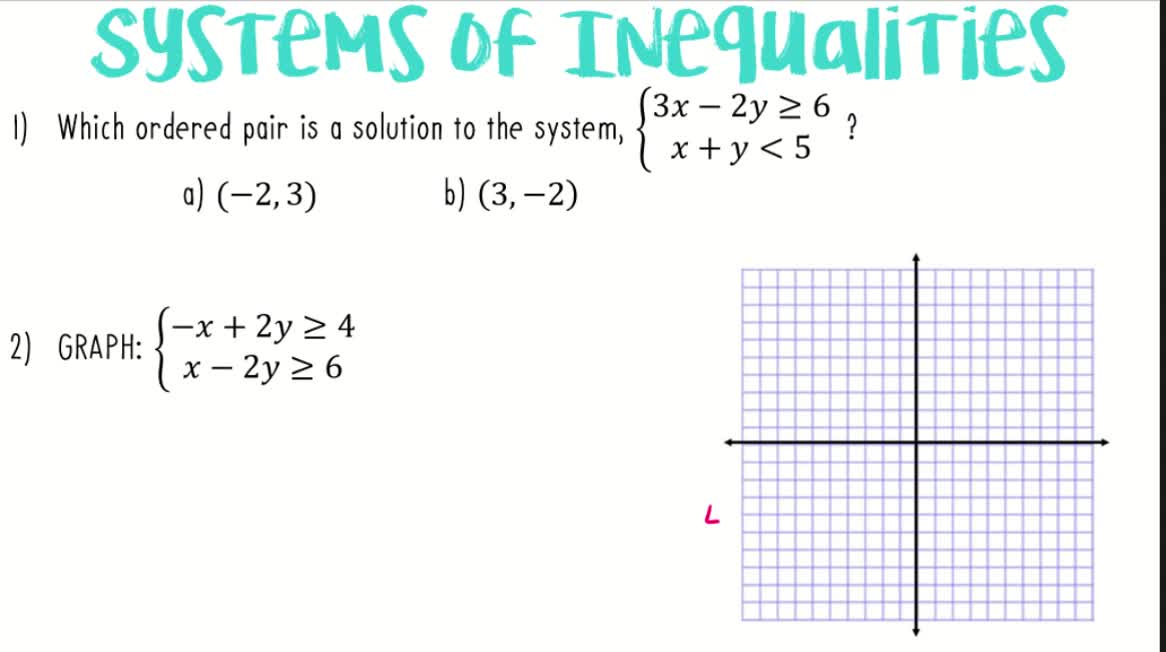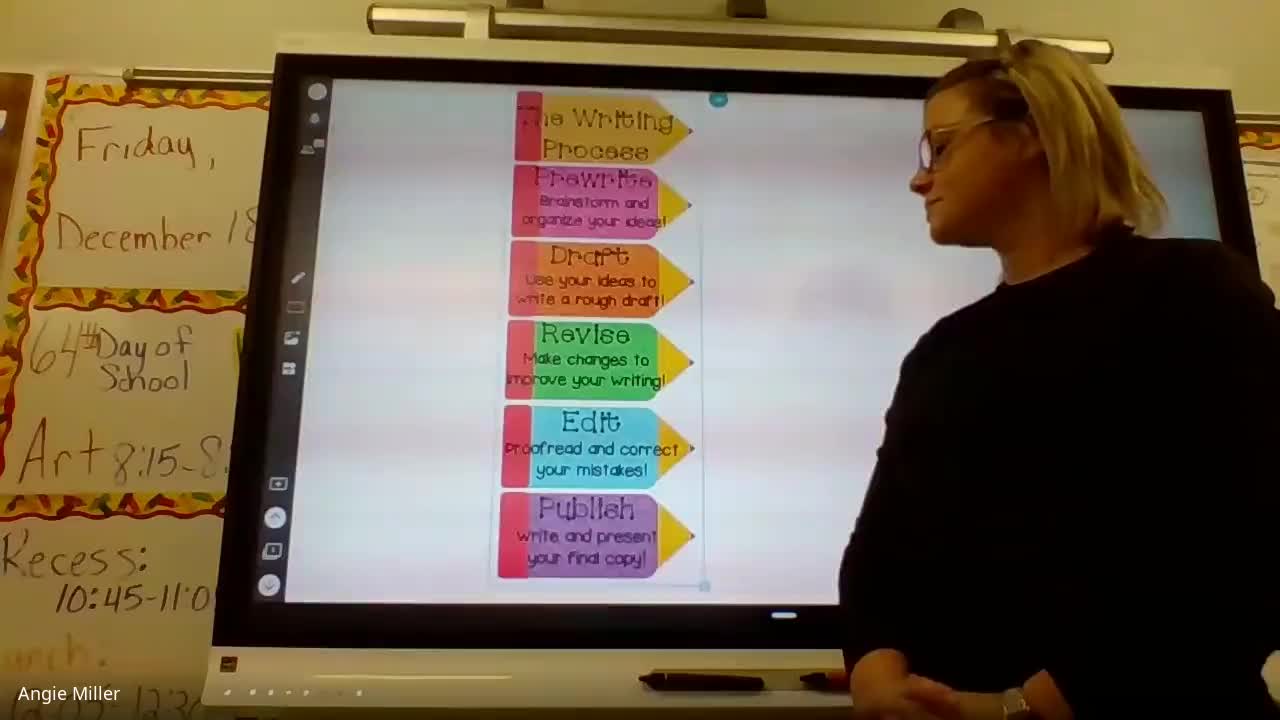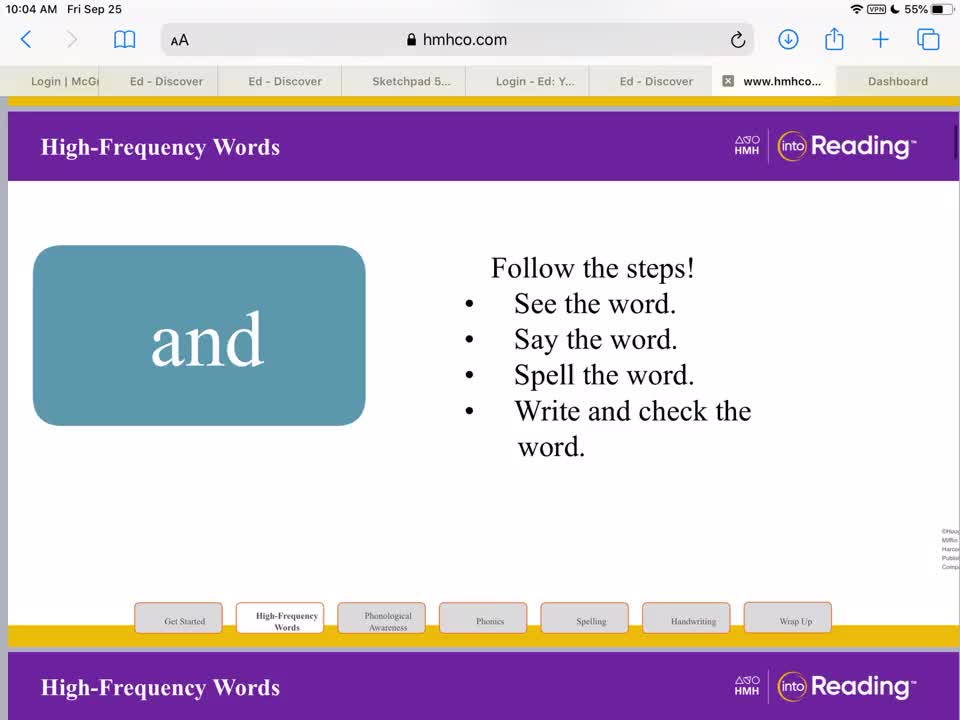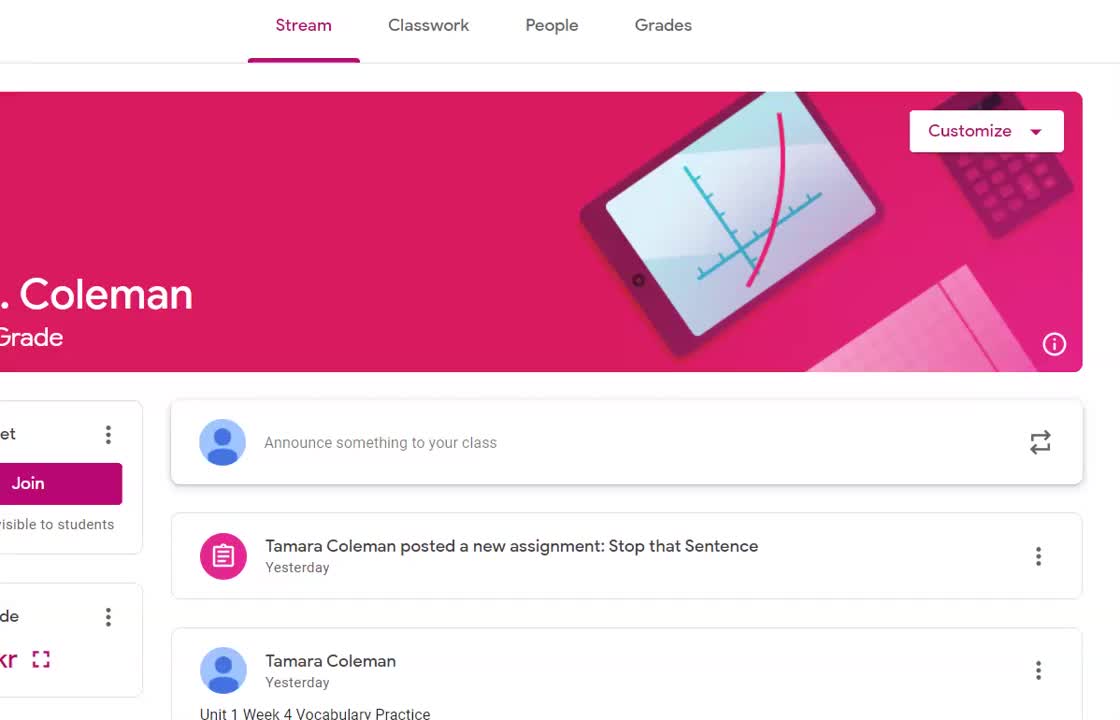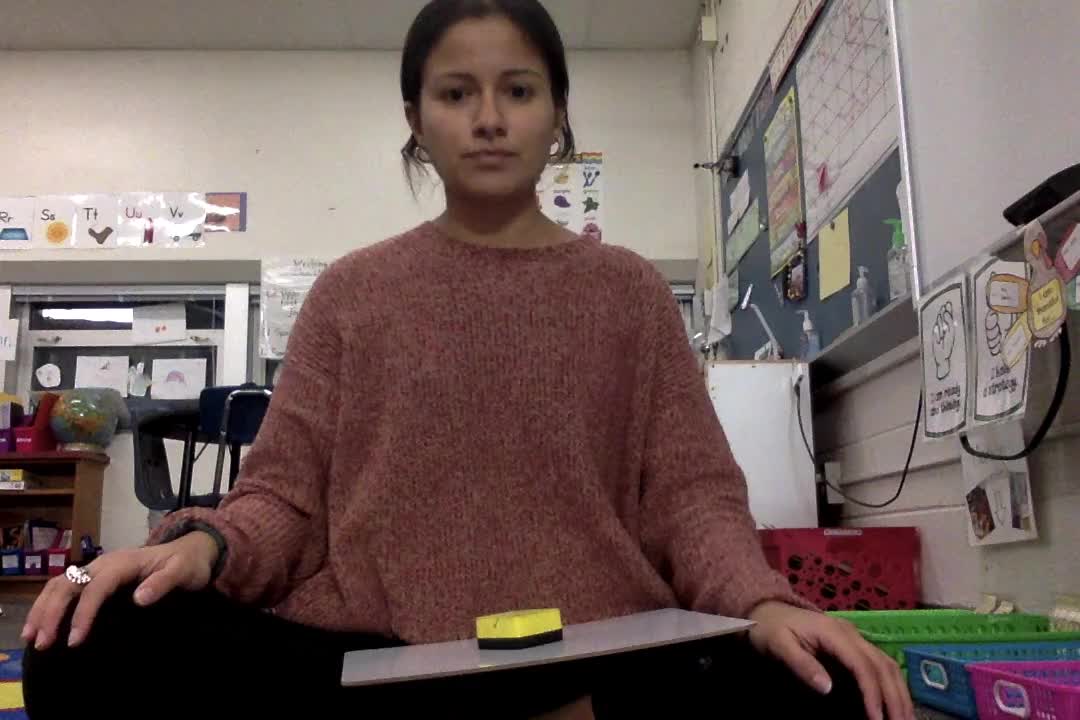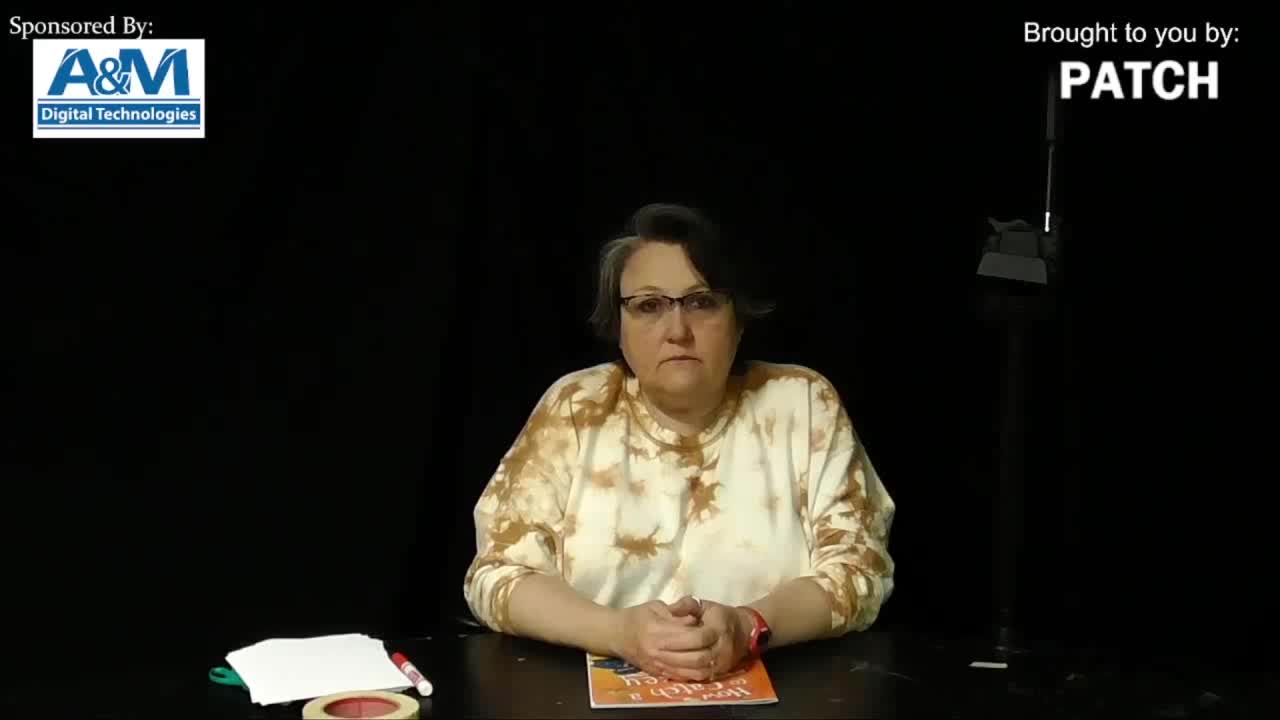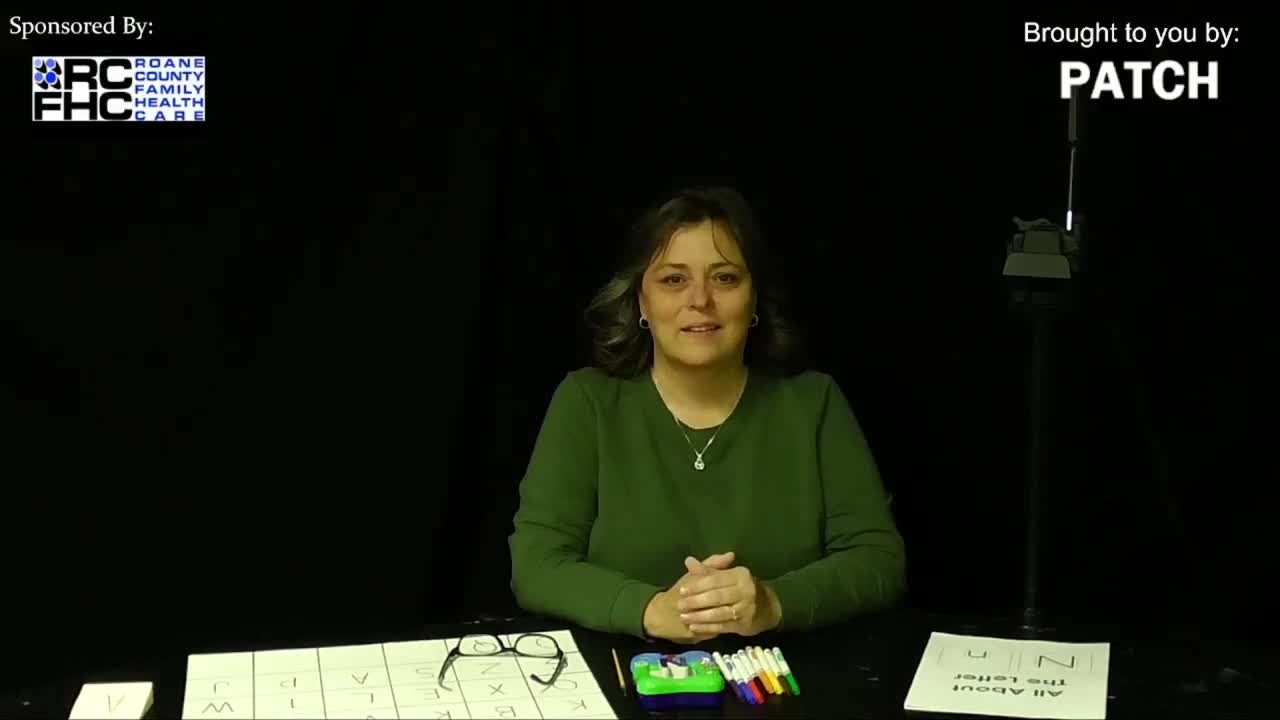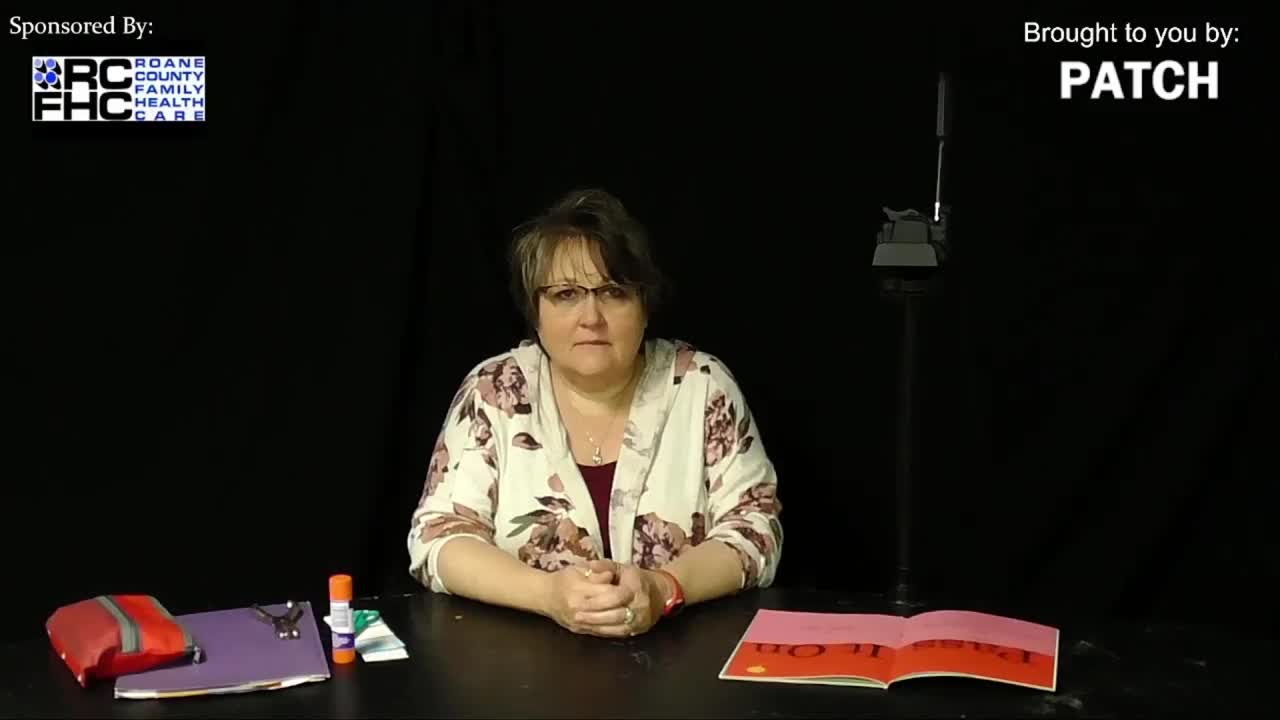The Academic Writing Process
Elementary / Language Arts / Writing
Academic writing is easy if you follow the process. Anyone can be an effective academic writing - if they follow the process. This short video provides an overview of the academic writing process.
Brief Description:
This video breaks down the process of writing out academic books, articles, journals, projects for undergraduates, master and doctorate degree programs. This video highlights the step by step procedures and rules to abide by while writing academic books both for science and other professional fields of study. This video also defined important terms and procedures and super-secret academic writing processes; such as, research to gather data, text, pre-draft, first-draft, revise, edit and share.
Terms to learn: Academic writing presents information or transmits ideas efficiently and economically as possible.
Process: a systematic series of actions or steps designed to achieve a particular end; the written product is a result of the process.
Super-secret academic writing process: Step 1: Research to gather data 1. You cannot write unless you have something to write about. 2. Gather data and 3. Notes, interviews, observations, inquiries or surveys; taking out surveys or interviews of information that wasn’t gathered. 4. Use a simple note taking strategy.
Use a strategy to read expository text; Note: record heading, read a paragraph, record important ideas, use numbers and letters. Data and notes: read paragraphs, put dot next to important ideas, finish chapter, take notes using outline and headings. Preview/overview: look over the title and heading, read the first paragraph and last paragraph, read the article chapter, take notes. Read and pause: read a paragraph, pause and check (ask do I understand?), return of resume. Paragraph re-read: read each paragraph quickly, re-read to find important sentences or ideas. 3’× 5’ card: put card on top/bottom of the sentence, move slowly ahead as you read Article re-read: quickly scan read the article/chapter, re-read the article/chapter, note or record important ideas.
Use a simple note-taking strategy: Example of notes Machazo G.M. &Mortz, L.L. (2005) research: Implication to diverse learners. Science Educators, 14, 56-60. 1. Emotions affect learning. 2. Learning- formation of new synopses and dendrite branching. 3. Experience- change physical structure of brain. 4. Emotion of student signify factors in ability to learn. 5. Use multiple pathways for learning language, sensory motor, metaphor, human, music and emotion. 6. Brain loves learning from other people. 7. Provide change to reflect on learning 8. Plasticity = change as a result of experience. a. Provide experience – active learning and discover – to enhance learning. b. Increase interaction – social.
Having a cohesive body of information in front of you makes academic writing easier and enhances the quality of the final product.
Find and use credible sources : 1. Academic journals – books – reports. 2. Start with clearly defined topics or questions.
Step 2: Pre-draft 1. Print-out notes: a. recommended 10 point font. b. single sided pages 2. Allows you to see headings and subheadings. 3. Inductive analysis – look for initial groups. 4. Move ideas into groups: a. document the citation.
Step 3: First-draft 1. First attempt to get ideas on paper. 2. Most papers get stuck here: you cannot write well if you are not willing to write poorly.
Step 4: Revise 1. See again and again and again and again and again. 2. Embrace contraries – writing involved two diametrically cognitive processing. a. Generating ideas – putting ideas on the page. b. Editing - without thinking, free up subconscious. 3. Draft – without thinking, free up subconscious.
Step 5: Edit 1. Use spell check and grammar check. 2. Writing groups – effective way to get feedback. a. Giving feedback helps develop writing skills.
Step 6: Share 1. Get your idea and paper out there (publish).
Thanks for watching this educative video.
Terms to learn: Academic writing presents information or transmits ideas efficiently and economically as possible.
Process: a systematic series of actions or steps designed to achieve a particular end; the written product is a result of the process.
Super-secret academic writing process: Step 1: Research to gather data 1. You cannot write unless you have something to write about. 2. Gather data and 3. Notes, interviews, observations, inquiries or surveys; taking out surveys or interviews of information that wasn’t gathered. 4. Use a simple note taking strategy.
Use a strategy to read expository text; Note: record heading, read a paragraph, record important ideas, use numbers and letters. Data and notes: read paragraphs, put dot next to important ideas, finish chapter, take notes using outline and headings. Preview/overview: look over the title and heading, read the first paragraph and last paragraph, read the article chapter, take notes. Read and pause: read a paragraph, pause and check (ask do I understand?), return of resume. Paragraph re-read: read each paragraph quickly, re-read to find important sentences or ideas. 3’× 5’ card: put card on top/bottom of the sentence, move slowly ahead as you read Article re-read: quickly scan read the article/chapter, re-read the article/chapter, note or record important ideas.
Use a simple note-taking strategy: Example of notes Machazo G.M. &Mortz, L.L. (2005) research: Implication to diverse learners. Science Educators, 14, 56-60. 1. Emotions affect learning. 2. Learning- formation of new synopses and dendrite branching. 3. Experience- change physical structure of brain. 4. Emotion of student signify factors in ability to learn. 5. Use multiple pathways for learning language, sensory motor, metaphor, human, music and emotion. 6. Brain loves learning from other people. 7. Provide change to reflect on learning 8. Plasticity = change as a result of experience. a. Provide experience – active learning and discover – to enhance learning. b. Increase interaction – social.
Having a cohesive body of information in front of you makes academic writing easier and enhances the quality of the final product.
Find and use credible sources : 1. Academic journals – books – reports. 2. Start with clearly defined topics or questions.
Step 2: Pre-draft 1. Print-out notes: a. recommended 10 point font. b. single sided pages 2. Allows you to see headings and subheadings. 3. Inductive analysis – look for initial groups. 4. Move ideas into groups: a. document the citation.
Step 3: First-draft 1. First attempt to get ideas on paper. 2. Most papers get stuck here: you cannot write well if you are not willing to write poorly.
Step 4: Revise 1. See again and again and again and again and again. 2. Embrace contraries – writing involved two diametrically cognitive processing. a. Generating ideas – putting ideas on the page. b. Editing - without thinking, free up subconscious. 3. Draft – without thinking, free up subconscious.
Step 5: Edit 1. Use spell check and grammar check. 2. Writing groups – effective way to get feedback. a. Giving feedback helps develop writing skills.
Step 6: Share 1. Get your idea and paper out there (publish).
Thanks for watching this educative video.


